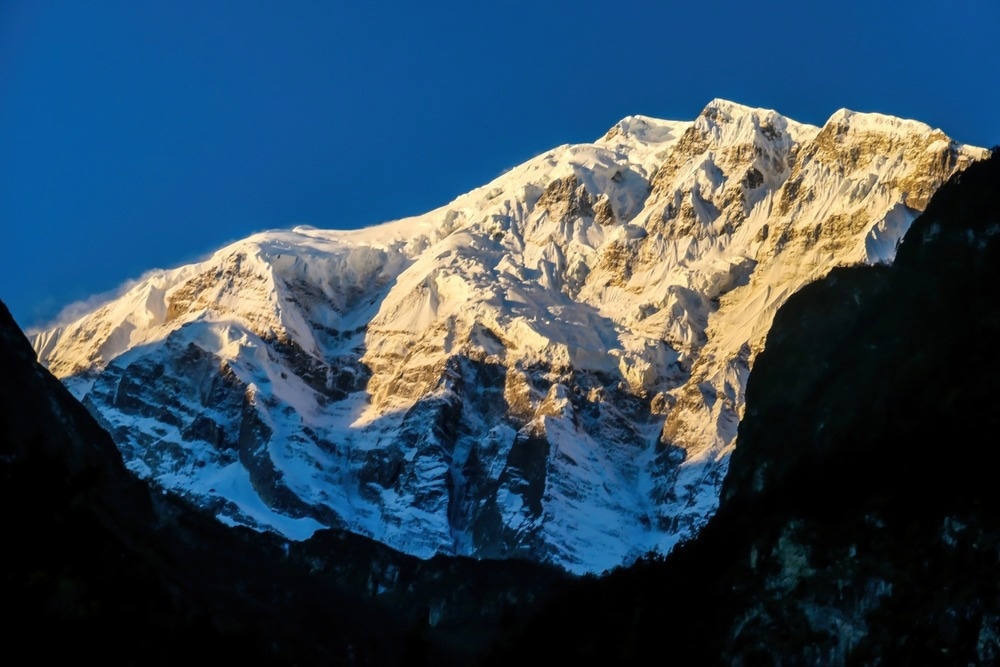An earlier dendroecological investigation of fir growth from Mt. Everest’s northern declivity discovered a temperature signal at higher elevations and a moisture signal at lower elevations. Even so, no study has thus far researched the impact of a tree species across its complete elevational distribution range in the Mt. Everest region, which has the world’s largest elevation gradient.

Image Credit: Christopher Moswitzer/Shutterstock.com
Scientists from the Chinese Academy of Sciences’ Xishuangbanna Tropical Botanical Garden (XTBG) and their associates researched the growth and climate sensitivity of Abies spectabilis (Himalayan silver fir) along an elevation gradient in the Sagarmatha (Mt. Everest) National Park in research published in Agricultural and Forest Meteorology.
They aimed to discover the major climatic factors restricting A. spectabilis development across its elevational distribution range, as well as to examine variations in long-term tree growth rates at various elevations.
The scientists have created six tree ring width chronologies of A. spectabilis spanning 98 to 310 years along an elevation gradient (3400–4100 m above sea level) in the central Himalaya’s Mt. Everest region.
They discovered that the greatest limiting factor for development was temperature during and before the growing season. The availability of spring moisture was the second most important growth factor, particularly in lower elevation forest belts. Low spring moisture availability slowed Himalayan fir development at low to middle elevations.
They also discovered a positive growth pattern at the treeline in recent decades, which is most likely due to the effect of climate warming. The recent development of drought conditions throughout the spring season may be responsible for the poor growth trends at low to mid-elevations.
Our results highlight the importance of understanding the vulnerability of forests at middle and low elevations to future climate change.
Zexin Fan, Xishuangbanna Tropical Botanical Garden, Chinese Academy of Sciences
Journal Reference:
Gaire, N. P., et al. (2023). The impact of warming climate on Himalayan silver fir growth along an elevation gradient in the Mt. Everest region. Agricultural and Forest Meteorology. doi.org/10.1016/j.agrformet.2023.109575.